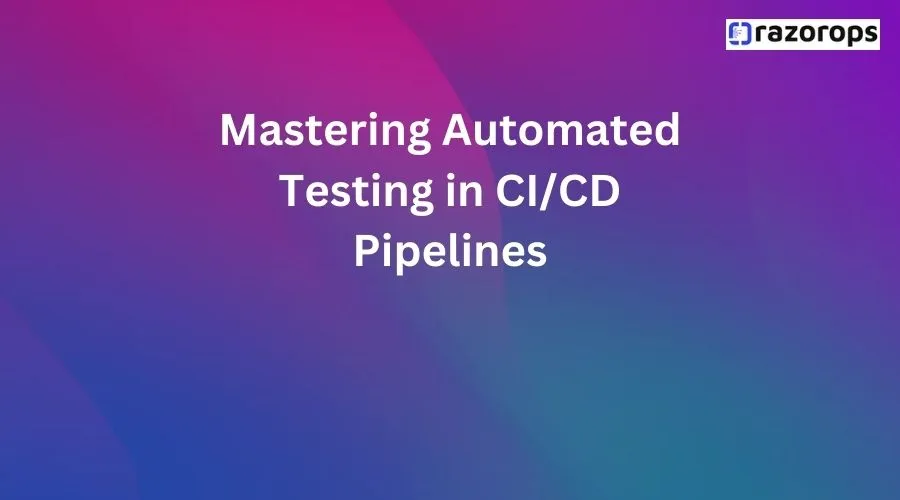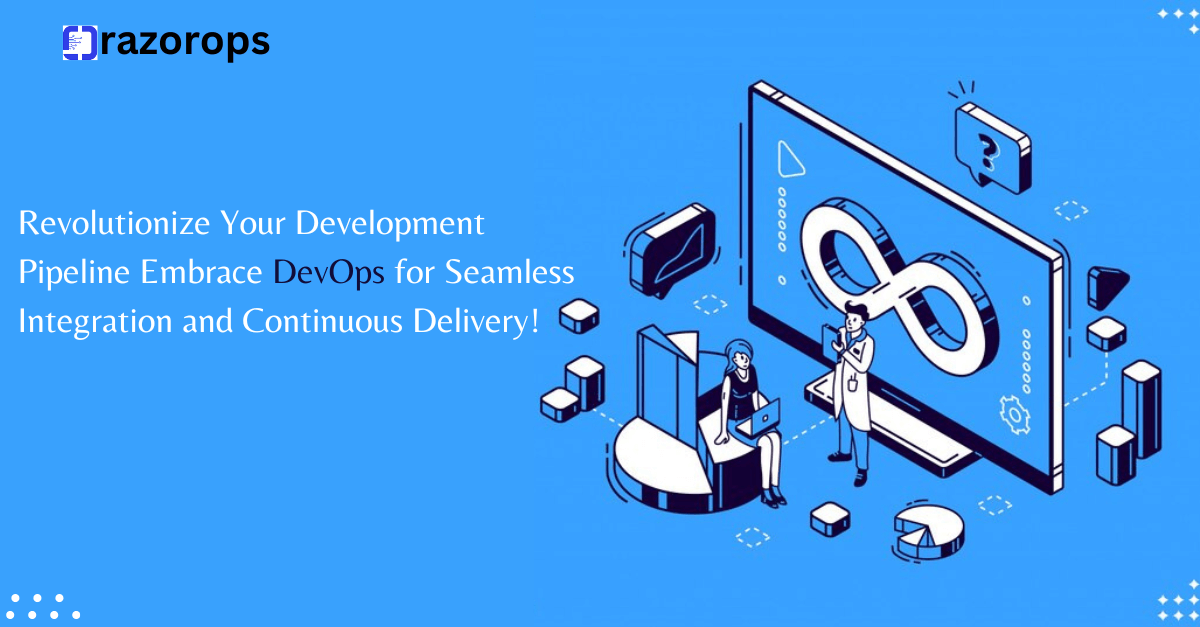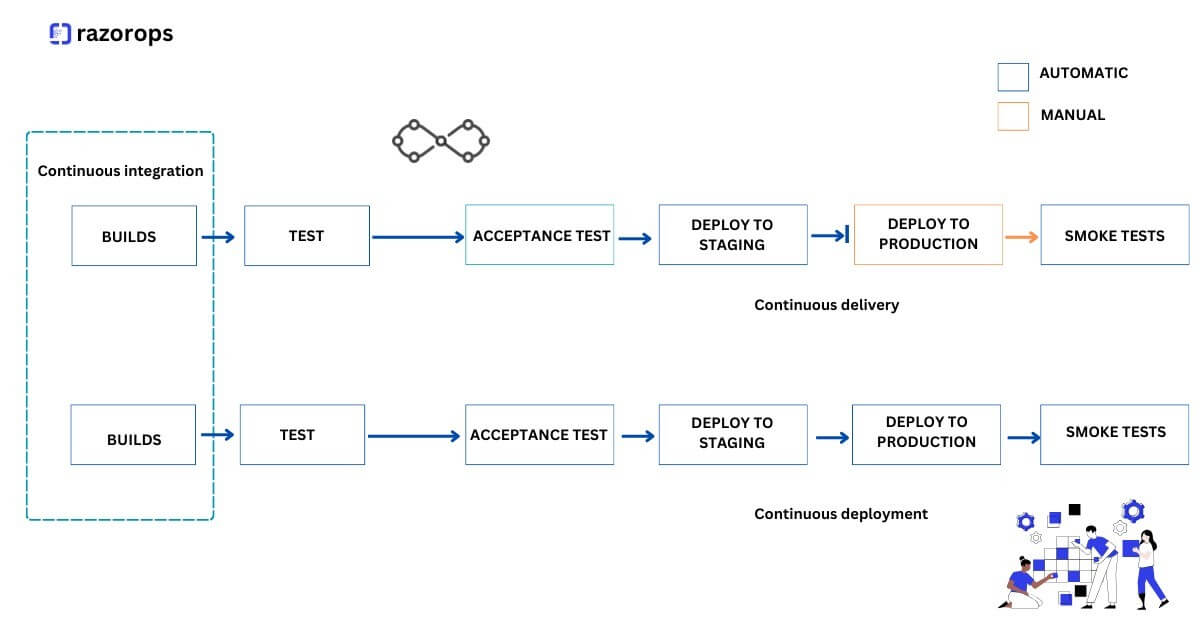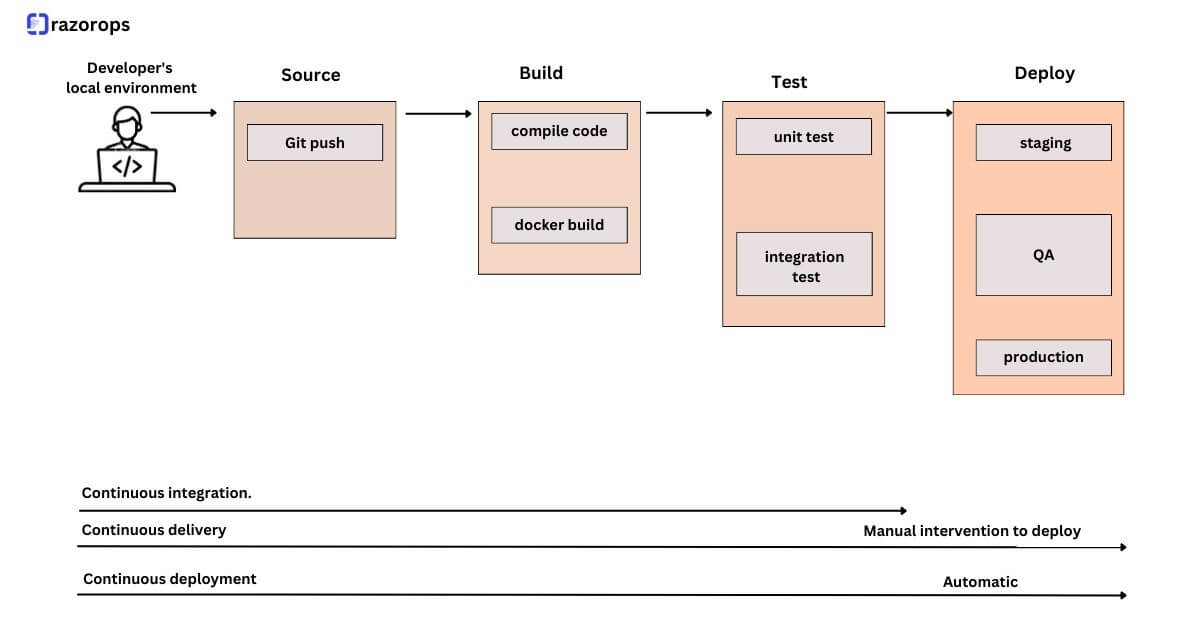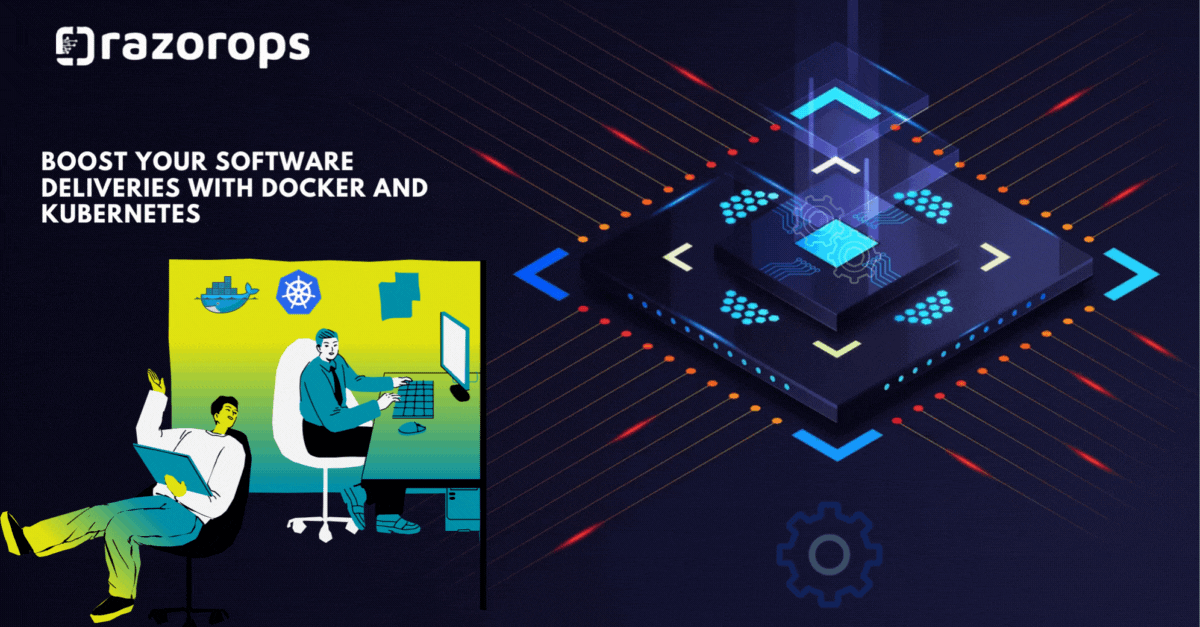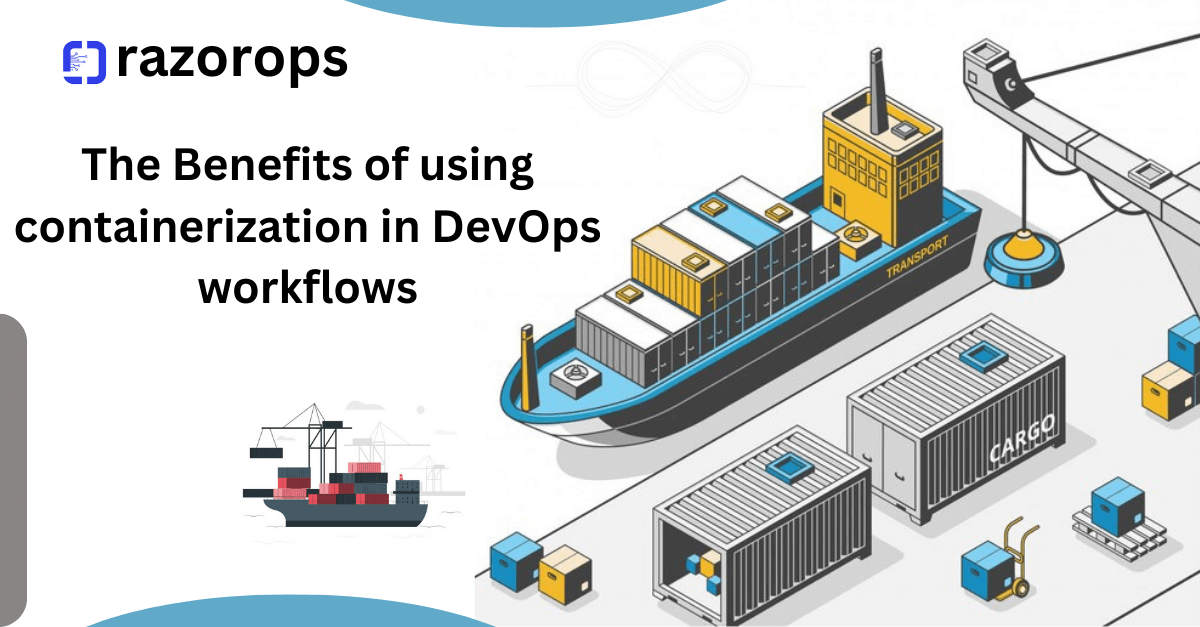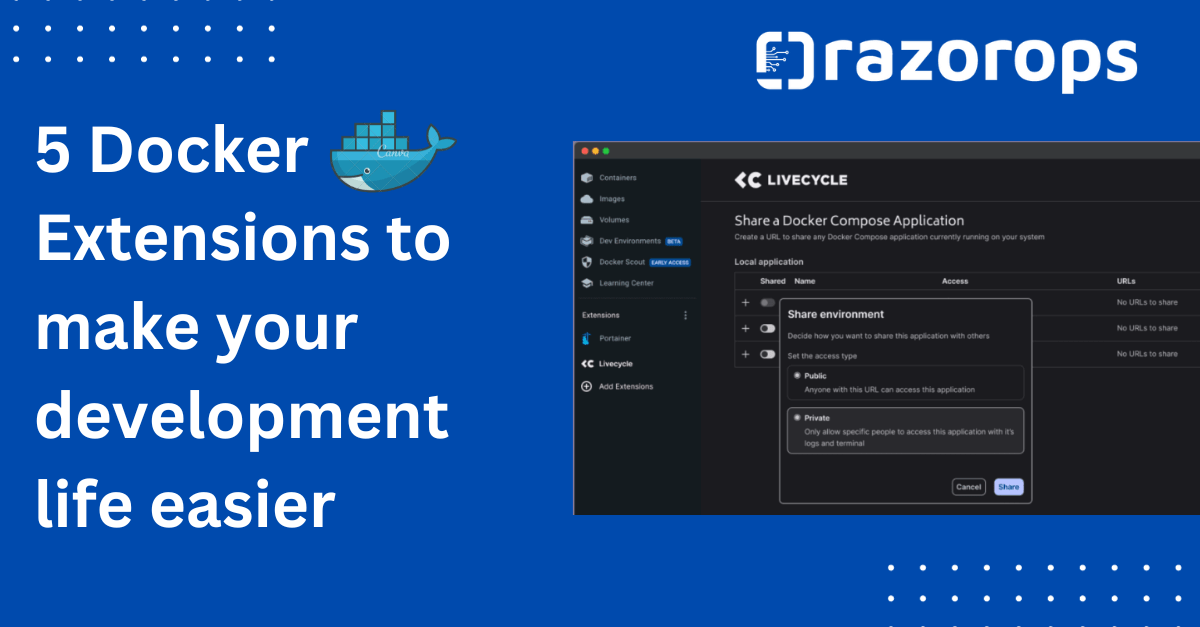DevOps Automation and DevOps Best Practices
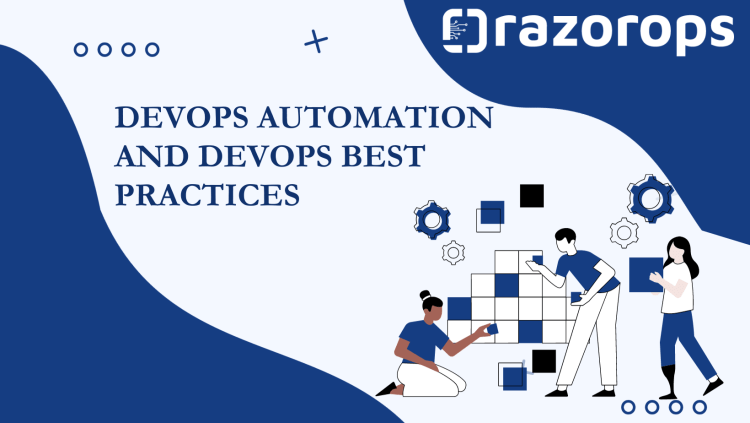
In the dynamic landscape of software development, the adoption of DevOps has become a cornerstone for organizations aiming to deliver high-quality products at a rapid pace. DevOps, a fusion of development and operations, emphasizes collaboration, communication, and automation throughout the entire software development lifecycle. In this blog post, we delve into the core concepts of DevOps automation and highlight best practices that can elevate your team’s efficiency and the overall success of your projects.
Understanding DevOps Automation
DevOps automation kicks off with Continuous Integration, where developers integrate their code into a shared repository multiple times a day. Automated builds and tests ensure that code changes are thoroughly validated, helping to identify and rectify issues early in the development process.
Continuous Delivery (CD):
Building upon CI, Continuous Delivery extends the automation pipeline to ensure that your software is always in a deployable state. CD enables rapid and reliable releases, providing a foundation for continuous feedback and improvement.
Infrastructure as Code (IaC):
Automating infrastructure provisioning and management through code, known as Infrastructure as Code (IaC), eliminates manual errors and ensures consistency across different environments. Tools like Terraform and Ansible empower teams to define, deploy, and manage infrastructure efficiently.
Automated Testing:
Automation is a linchpin in the testing phase. Automated unit tests, integration tests, and end-to-end tests not only expedite the testing process but also enhance the reliability and robustness of your applications.
Continuous Monitoring:
DevOps automation extends into monitoring and logging. Real-time insights into application performance, coupled with aumtoated alerts, enable proactive issue resolution and contribute to a more reliable system.
DevOps Best Practices
Collaborative Culture:
DevOps is not just about tools—it’s a cultural shift. Foster a collaborative environment where development, operations, and other stakeholders work together seamlessly. Encourage open communication and shared responsibility.
Automated Documentation:
Maintain comprehensive and up-to-date documentation using automation tools. Automated documentation ensures accuracy and reduces the risk of inconsistencies, making it easier for team members to understand and contribute to the project.
Version Control:
Implement robust version control practices using tools like Git. Version control ensures traceability, facilitates collaboration, and provides a safety net for rolling back changes if needed.
Microservices Architecture:
Adopting a microservices architecture enhances scalability and flexibility. Breaking down applications into smaller, independent services facilitates easier deployment, maintenance, and updates.
Security Integration:
Integrate security measures throughout the DevOps pipeline. Automated security scans, code reviews, and compliance checks help identify vulnerabilities early in the development cycle, reducing the risk of security breaches.
Continuous Learning:
Encourage a culture of continuous learning. Regularly assess and update your DevOps practices and tools to stay ahead of industry trends and continuously improve your development processes.
Automated Testing:
Integrate automated testing into your CI/CD pipeline to identify and rectify issues early in the development process. Tools like Selenium for web applications and JUnit for Java are essential for automating unit tests, integration tests, and end-to-end tests.
Security Automation:
Integrate security checks into your CI/CD pipeline to automate vulnerability scanning, code analysis, and compliance checks. Tools like SonarQube and OWASP Dependency-Check can enhance the security posture of your applications.
Scalability and Flexibility:
Design your automation processes to be scalable and adaptable to changing requirements. This includes parameterizing configurations, using variables, and incorporating dynamic scaling to accommodate varying workloads.
DevOps automation and best practices are integral to achieving agility, speed, and reliability in software development. By embracing a collaborative culture, leveraging automation tools, and implementing best practices, your team can navigate the complexities of modern software development with finesse. As you embark on your DevOps journey, remember that it’s not just about the destination; it’s about the continuous improvement and learning that propel your team towards excellence. Follow RazorOps Linkedin Page Razorops, Inc.


